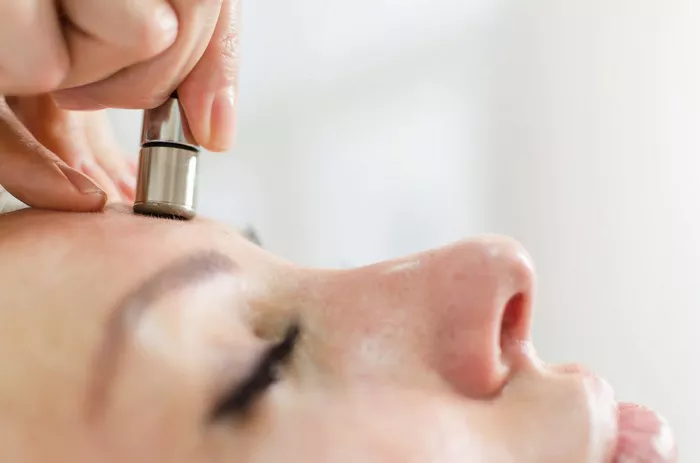Buccal fat pad removal, also known as cheek reduction surgery, is a cosmetic procedure aimed at reducing fullness in the cheeks by removing excess fat deposits. While this procedure can provide significant improvements in facial contouring and symmetry, many individuals wonder whether the results are permanent or if the fat can return over time. In this comprehensive guide, we delve into the long-term effects of buccal fat pad removal, exploring the permanence of the results, factors influencing longevity, maintenance considerations, and potential risks and benefits associated with the procedure.
Explanation of the Procedure
Buccal fat pad removal involves the surgical removal of excess fat from the buccal fat pads, which are located in the lower cheeks. During the procedure, small incisions are made inside the mouth, allowing the surgeon to access the buccal fat pads without leaving visible scars on the face. The excess fat is then carefully removed or trimmed to achieve the desired contouring effect. The procedure is typically performed under local or general anesthesia on an outpatient basis, and most patients can return home the same day.
Results
The results of buccal fat pad removal can vary depending on individual factors such as facial anatomy, skin elasticity, and the amount of fat removed. In general, patients can expect to see a reduction in cheek fullness and improved facial contouring following the procedure. The results are often noticeable immediately after surgery, although some swelling and bruising may obscure the final outcome initially. As swelling subsides and tissues heal, the full extent of the results becomes more apparent.
Long-Term Effects
One of the most common questions about buccal fat pad removal is whether the results are permanent. While the procedure can provide long-lasting improvements in facial contouring, it is essential to understand that the aging process and other factors can affect the longevity of the results. In some cases, the fat may redistribute or reaccumulate over time, leading to a gradual loss of the initial contouring effect.
Factors Affecting Permanence
Several factors can influence the permanence of the results of buccal fat pad removal:
Age: Younger patients with good skin elasticity may experience more long-lasting results compared to older patients with decreased skin laxity.
Weight fluctuations: Significant fluctuations in body weight can affect the distribution of fat in the face, potentially impacting the results of buccal fat pad removal.
Lifestyle choices: Healthy lifestyle habits, such as maintaining a stable weight, avoiding smoking, and protecting the skin from sun damage, can help preserve the results of the procedure over time.
Maintenance
While buccal fat pad removal is a surgical procedure designed to provide lasting improvements in facial contouring, maintenance is essential to optimize the longevity of the results. Patients are encouraged to follow a healthy lifestyle, including maintaining a stable weight, practicing good skincare habits, and avoiding behaviors that can compromise skin elasticity. Regular follow-up appointments with a board-certified plastic surgeon can also help monitor the results and address any concerns that may arise over time.
Reversal
In some cases, patients may be dissatisfied with the results of buccal fat pad removal and wish to reverse the procedure. While it is possible to revise or partially reverse the effects of buccal fat pad removal through additional surgery, it is essential to carefully consider the potential risks and benefits of further intervention. Revision surgery may involve techniques such as fat grafting or tissue repositioning to restore lost volume or improve facial symmetry.
Risks and Benefits
Like any surgical procedure, buccal fat pad removal carries potential risks and benefits. The benefits include improved facial contouring, enhanced facial symmetry, and increased self-confidence. However, it is essential to weigh these benefits against the potential risks, which may include:
Infection: Although rare, there is a risk of infection following buccal fat pad removal, which may require antibiotics or additional treatment.
Nerve Damage: The procedure involves working near facial nerves, raising the risk of temporary or permanent nerve damage, leading to numbness, tingling, or changes in sensation in the cheeks or mouth.
Asymmetry: In some cases, asymmetry or unevenness in facial contouring may occur, requiring revision surgery to address.
Scarring: While incisions are made inside the mouth to minimize visible scarring, there is still a possibility of scarring or tissue irregularities.
Despite these risks, many individuals find that the benefits of buccal fat pad removal outweigh the potential drawbacks, leading to increased satisfaction with their facial appearance.
Conclusion
Buccal fat pad removal can provide significant improvements in facial contouring and symmetry, leading to enhanced self-confidence and satisfaction with one’s appearance. While the results of the procedure can be long-lasting, it is essential to understand that individual factors and lifestyle choices can influence the permanence of the results. By carefully considering the factors influencing longevity, maintaining a healthy lifestyle, and following post-operative care instructions, patients can optimize the outcomes of buccal fat pad removal and enjoy the benefits of a more sculpted facial contour for years to come.


